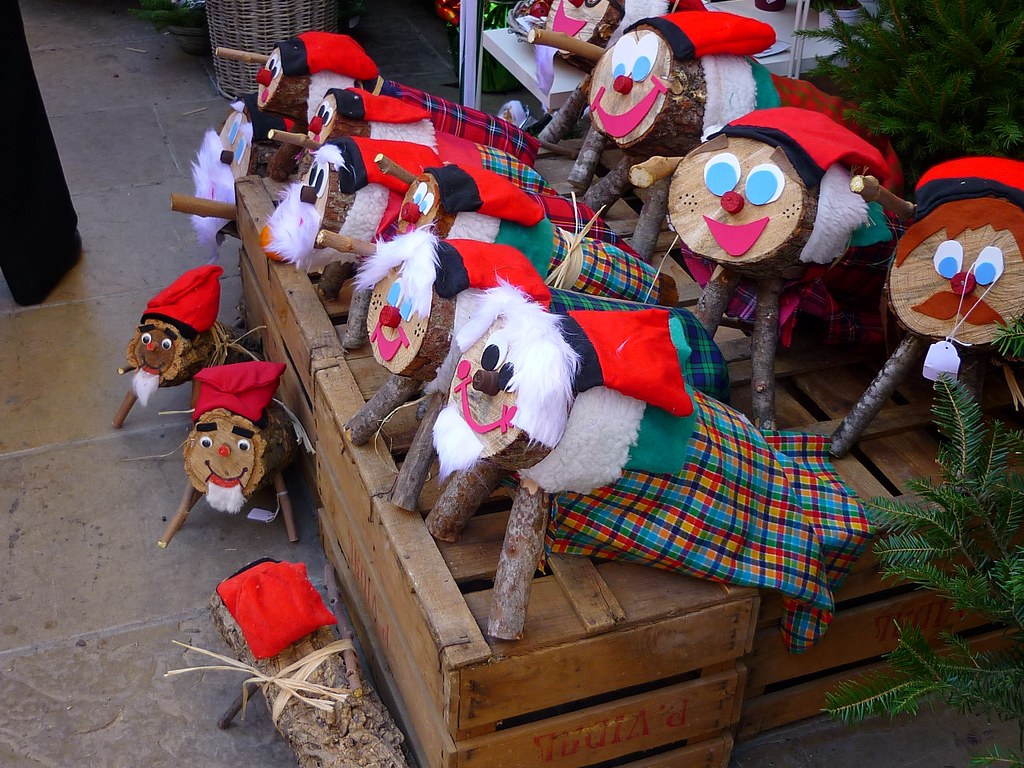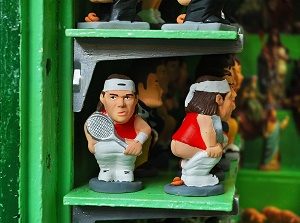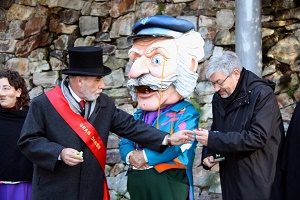
Christmas is one of the most important Catholic traditions and holidays, and although we share certain customs and traditions all over the world, some countries and regions have their own customs when it comes to Christmas.
Christmas in Catalonia is pure, simple and joyous. It is less consumption-based than in other Anglo-Saxon countries, and it is celebrated more from a religious perspective.
So today, this article by ShBarcelona will share a few Catalan Christmas traditions with you.
Related article: Decorating Your House For Christmas
Catalan Christmas traditions
Caganer

Photo by Carlos Lorenzo via Visualhunt
The ‘caganer’ is a typical Catalan figurine that is added to the nativity scene. It was originally a representation of a shepherd with a bonnet, with his pants down and squatting to poop. This figurine is a funny addition to the scene of Jesus’ birth.
It is believed that this tradition originates from somewhere between the end of the 17th and the beginning of the 18th century, within the context of a Baroque style that was characterized by exaggerated realism.
This figurine can also be seen in other places, like on antique tiles depicting images of normal, everyday activities. The caganer plays a role in Catalan and Aragonese Pyrenees’ nativity scenes, and it started at the end of the seventeenth century, although the tradition peaked in the nineteenth century.
The caganer represents a shepherd or farmer, dressed in traditional Catalan costumes, like a belt and bonnet.
The caganer became extremely popular when they turned into famous personalities, from actors and politicians to other celebrities and sportsmen.
You can find caganers in many different neighbourhoods in Barcelona, but the most popular location to go to is the Fira de Santa Llúcia in the neighbourhood of El Gótic.
The Christmas play of Els Pastorets
Els Pastorets (or the Little Shepherds) is a 16th century theatre play. It usually consists of three acts: a short story about Joseph and Mary, followed by the struggle between angels and demons and ending with a short, but funny story focusing on the shepherds.
The play of Pastorcillos or Els Pastorets is still very popular in Catalonia at the beginning of the 21st century. The story of the shepherds originally came from medieval religious dramas. The officium pastorum is the origin of ancient celebrations, and it has been performed at Christmas by religious people during the traditional Midnight mass.
Related article: Catalan Christmas Traditions
L’Home dels Nassos

Photo by Barcelona.cat via Visualhunt
El Hombre de las Narices (the Man of many Noses in English or L’Home dels Nassos in Catalan), is a mythological character, and you find this tradition not only in Catalonia, but also in Aragon, La Rioja, Navarre, Alava, and Burgos.
Legend says this man has as many noses as there are days left in the year, so with every day that passes, he loses a nose. Humans (but especially children, who love this tradition) can only see him at the end of the year, on December 31, when he only has one nose left on his face.
Caga tió
The tradition of caga tió is especially popular with younger children. You celebrate it on Christmas Eve, and children are supposed to hit a trunk (called tió) while singing traditional caga tió songs.
When children hit the trunk hard enough, it will release gifts. These gifts used to be sweets and knick-knacks, but nowadays people tend to spend more money on serious presents.
*Main photo by calafellvalo via Visualhunt
What do you think of these Catalan Christmas traditions?